MW 10x15 / N38 - cylindrical magnet
cylindrical magnet
Catalog no 010005
GTIN: 5906301810049
Diameter Ø [±0,1 mm]
10 mm
Height [±0,1 mm]
15 mm
Weight
8.84 g
Magnetization Direction
↑ axial
Load capacity
8.29 kg / 81.3 N
Magnetic Induction
587.44 mT
Coating
[NiCuNi] nickel
6.15 ZŁ with VAT / pcs + price for transport
5.00 ZŁ net + 23% VAT / pcs
2.60 ZŁ net was the lowest price in the last 30 days
bulk discounts:
Need more?Want to talk magnets?
Call us
+48 22 499 98 98
if you prefer contact us via
request form
through our site.
Weight and form of neodymium magnets can be reviewed using our
modular calculator.
Same-day shipping for orders placed before 14:00.
MW 10x15 / N38 - cylindrical magnet
Magnetic properties of material N38
Physical properties of NdFeB
Shopping tips
Advantages and disadvantages of neodymium magnets NdFeB.
In addition to their pulling strength, neodymium magnets provide the following advantages:
- They virtually do not lose strength, because even after ten years, the performance loss is only ~1% (in laboratory conditions),
- They show exceptional resistance to demagnetization from outside magnetic sources,
- The use of a mirror-like nickel surface provides a eye-catching finish,
- They have extremely strong magnetic induction on the surface of the magnet,
- Neodymium magnets are known for strong magnetic induction and the ability to work at temperatures up to 230°C or higher (depending on the shape),
- Thanks to the flexibility in shaping and the capability to adapt to individual requirements, neodymium magnets can be created in various configurations, which broadens their functional possibilities,
- Key role in new technology industries – they are utilized in hard drives, rotating machines, clinical machines along with technologically developed systems,
- Thanks to their power density, small magnets offer high magnetic performance, with minimal size,
Disadvantages of neodymium magnets:
- They may fracture when subjected to a sudden impact. If the magnets are exposed to physical collisions, they should be placed in a metal holder. The steel housing, in the form of a holder, protects the magnet from fracture , and at the same time reinforces its overall durability,
- They lose field intensity at extreme temperatures. Most neodymium magnets experience permanent loss in strength when heated above 80°C (depending on the shape and height). However, we offer special variants with high temperature resistance that can operate up to 230°C or higher,
- Due to corrosion risk in humid conditions, it is recommended to use sealed magnets made of plastic for outdoor use,
- The use of a protective casing or external holder is recommended, since machining fine details in neodymium magnets is not feasible,
- Safety concern due to small fragments may arise, when consumed by mistake, which is notable in the family environments. Moreover, miniature parts from these products might disrupt scanning once in the system,
- Due to the price of neodymium, their cost is relatively high,
Breakaway strength of the magnet in ideal conditions – what contributes to it?
The given holding capacity of the magnet means the highest holding force, assessed in the best circumstances, that is:
- with the use of low-carbon steel plate acting as a magnetic yoke
- of a thickness of at least 10 mm
- with a refined outer layer
- in conditions of no clearance
- under perpendicular detachment force
- at room temperature
Determinants of lifting force in real conditions
Practical lifting force is dependent on factors, by priority:
- Air gap between the magnet and the plate, as even a very small distance (e.g. 0.5 mm) can cause a drop in lifting force of up to 50%.
- Direction of applied force, because the maximum lifting capacity is achieved under perpendicular application. The force required to slide the magnet along the plate is usually several times lower.
- Thickness of the plate, as a plate that is too thin causes part of the magnetic flux not to be used and to remain wasted in the air.
- Material of the plate, because higher carbon content lowers holding force, while higher iron content increases it. The best choice is steel with high magnetic permeability and high saturation induction.
- Surface of the plate, because the more smooth and polished it is, the better the contact and consequently the greater the magnetic saturation.
- Operating temperature, since all permanent magnets have a negative temperature coefficient. This means that at high temperatures they are weaker, while at sub-zero temperatures they become slightly stronger.
* Holding force was checked on a smooth steel plate of 20 mm thickness, when a perpendicular force was applied, whereas under parallel forces the load capacity is reduced by as much as 5 times. Moreover, even a slight gap {between} the magnet’s surface and the plate decreases the load capacity.
Handle with Care: Neodymium Magnets
Avoid contact with neodymium magnets if you have a nickel allergy.
Studies clearly indicate a small percentage of people who suffer from metal allergies such as nickel. An allergic reaction often manifests as skin redness and rash. If you have a nickel allergy, try wearing gloves or avoid direct contact with nickel-plated neodymium magnets.
Neodymium Magnets can attract to each other, pinch the skin, and cause significant swellings.
Neodymium magnets jump and touch each other mutually within a radius of several to around 10 cm from each other.
Do not give neodymium magnets to children.
Neodymium magnets are not toys. Be cautious and make sure no child plays with them. In the case of swallowing multiple magnets simultaneously, they can attract to each other through the intestinal walls. In the worst case scenario, this can lead to death.
Keep neodymium magnets away from the wallet, computer, and TV.
Strong fields generated by neodymium magnets can damage magnetic storage media such as floppy disks, credit cards, magnetic ID cards, cassette tapes, video tapes, or other similar devices. In addition, they can damage televisions, VCRs, computer monitors, and CRT displays. You should especially avoid placing neodymium magnets near electronic devices.
Neodymium magnets are among the strongest magnets on Earth. The astonishing force they generate between each other can surprise you.
Make sure to review all the information we have provided. This will help you avoid harm to your body and damage to the magnets.
Neodymium magnets are characterized by their fragility, which can cause them to crumble.
In the event of a collision between two neodymium magnets, it can result in them getting chipped. They are coated with a shiny nickel plating similar to steel, but they are not as hard. At the moment of collision between the magnets, small sharp metal fragments can be propelled in various directions at high speed. Eye protection is recommended.
Neodymium magnets can become demagnetized at high temperatures.
Although magnets have shown to retain their effectiveness up to 80°C or 175°F, this temperature may vary depending on the type of material, shape, and intended use of the magnet.
Avoid bringing neodymium magnets close to a phone or GPS.
Magnetic fields can interfere with compasses and magnetometers used in aviation and maritime navigation, as well as internal compasses of smartphones and GPS devices. There are neodymium magnets in every smartphone, for example, in the microphone and speakers.
People with pacemakers are advised to avoid neodymium magnets.
Neodymium magnets produce strong magnetic fields that can interfere with the operation of a heart pacemaker. However, if the magnetic field does not affect the device, it can damage its components or deactivate the device when it is in a magnetic field.
Dust and powder from neodymium magnets are highly flammable.
Do not attempt to drill into neodymium magnets. Mechanical processing is also not recommended. If the magnet is crushed into fine powder or dust, it becomes highly flammable.
Exercise caution!
Please read the article - What danger lies in neodymium magnets? You will learn how to handle them properly.


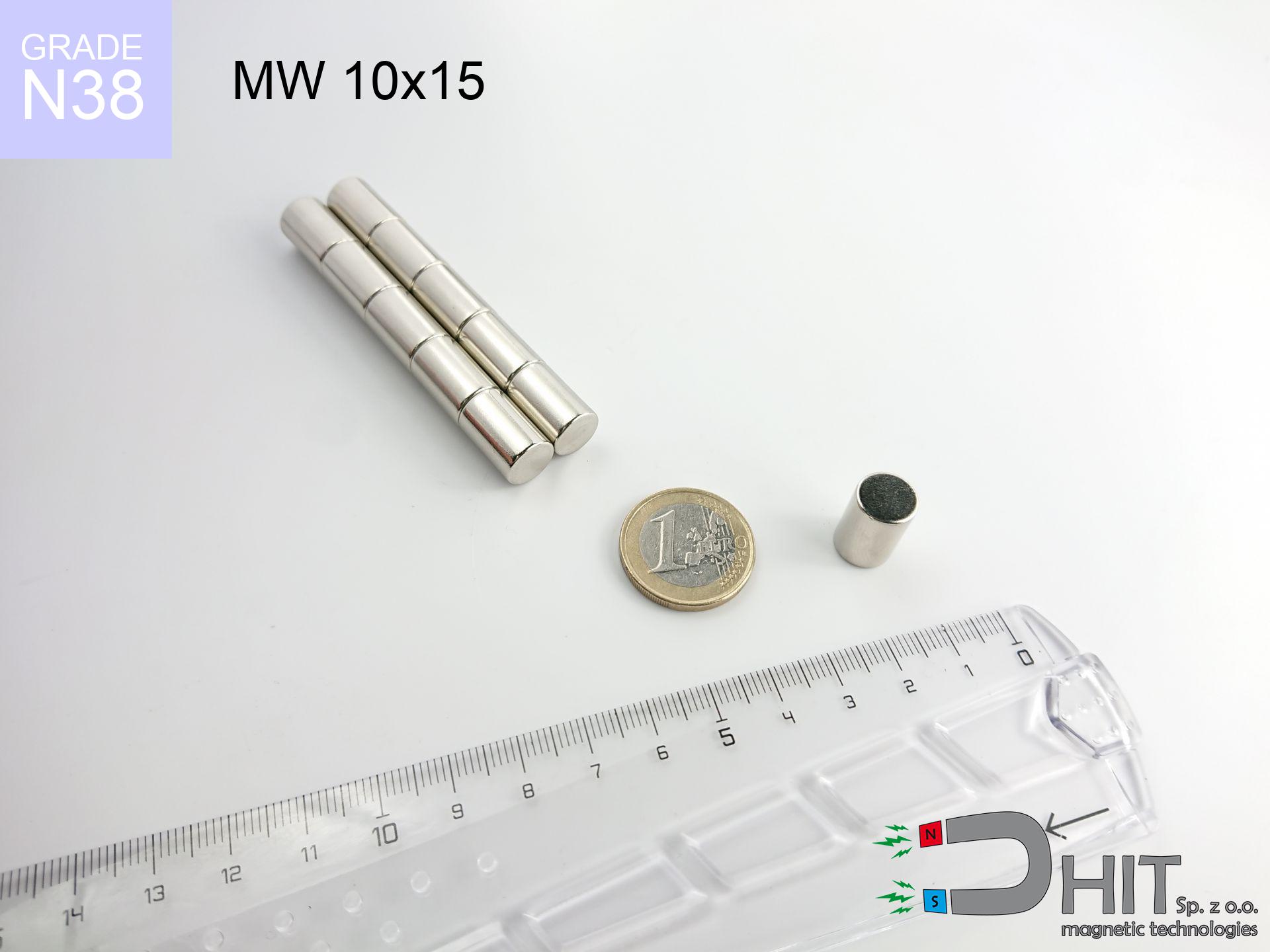
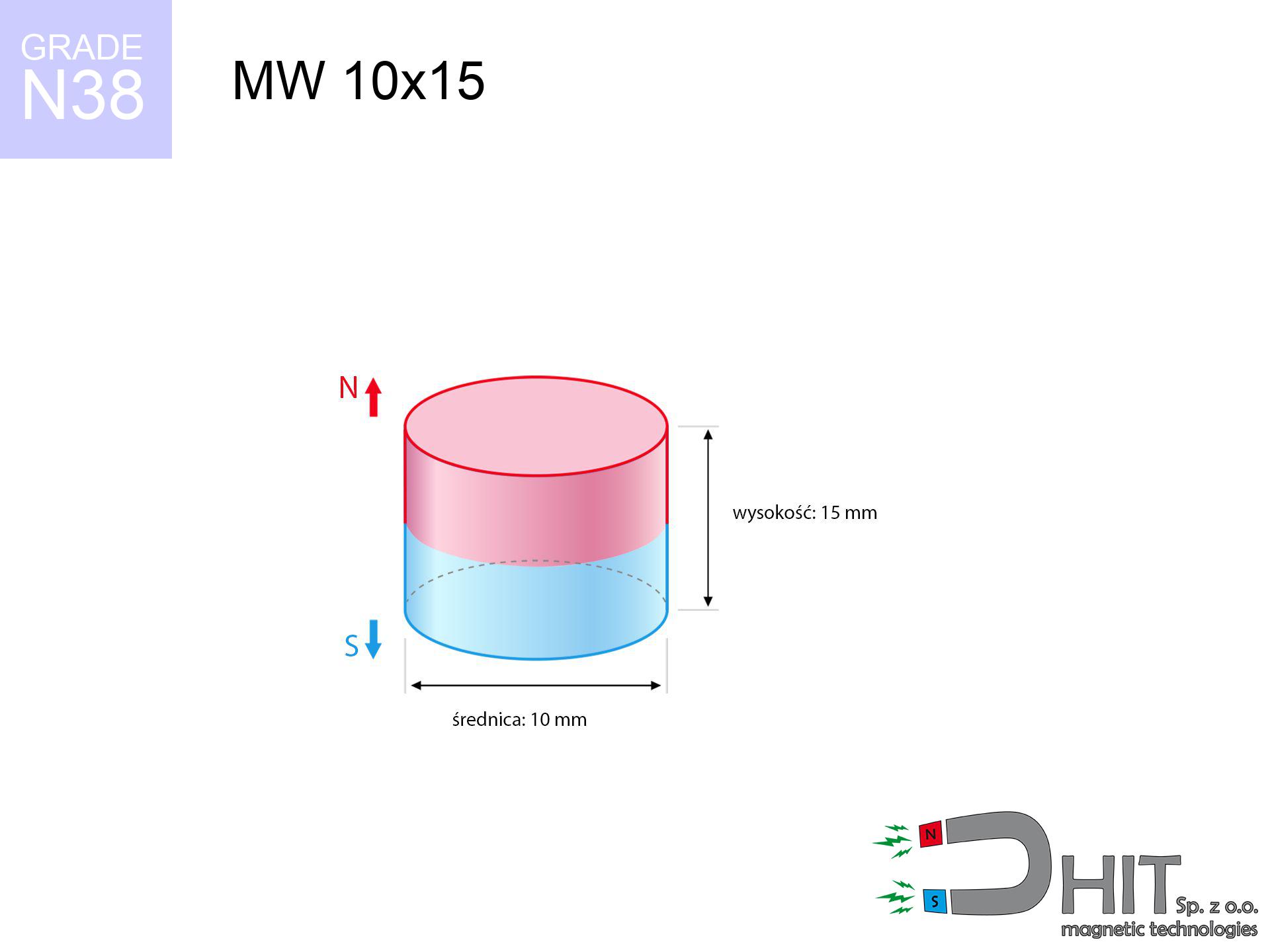
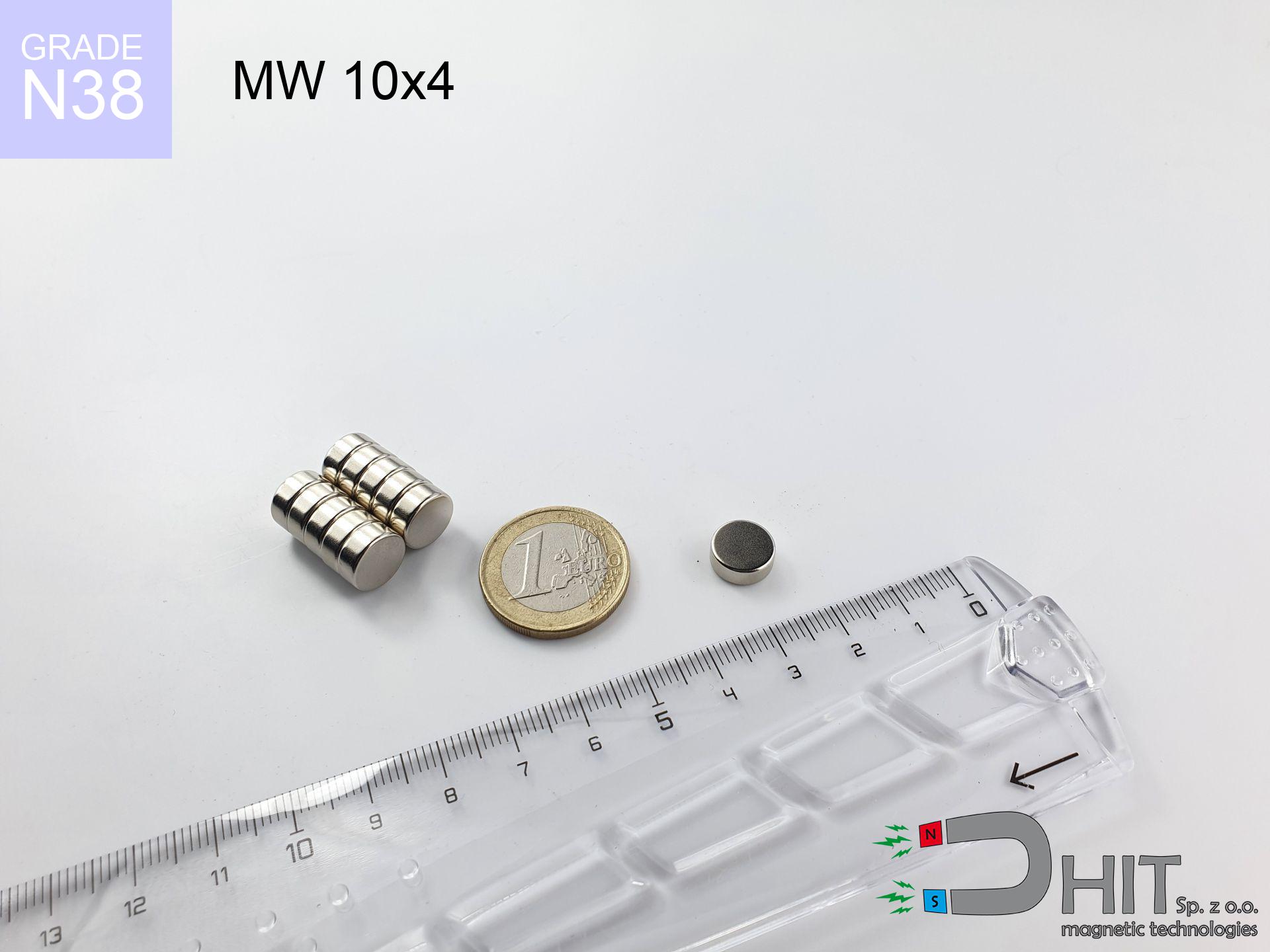
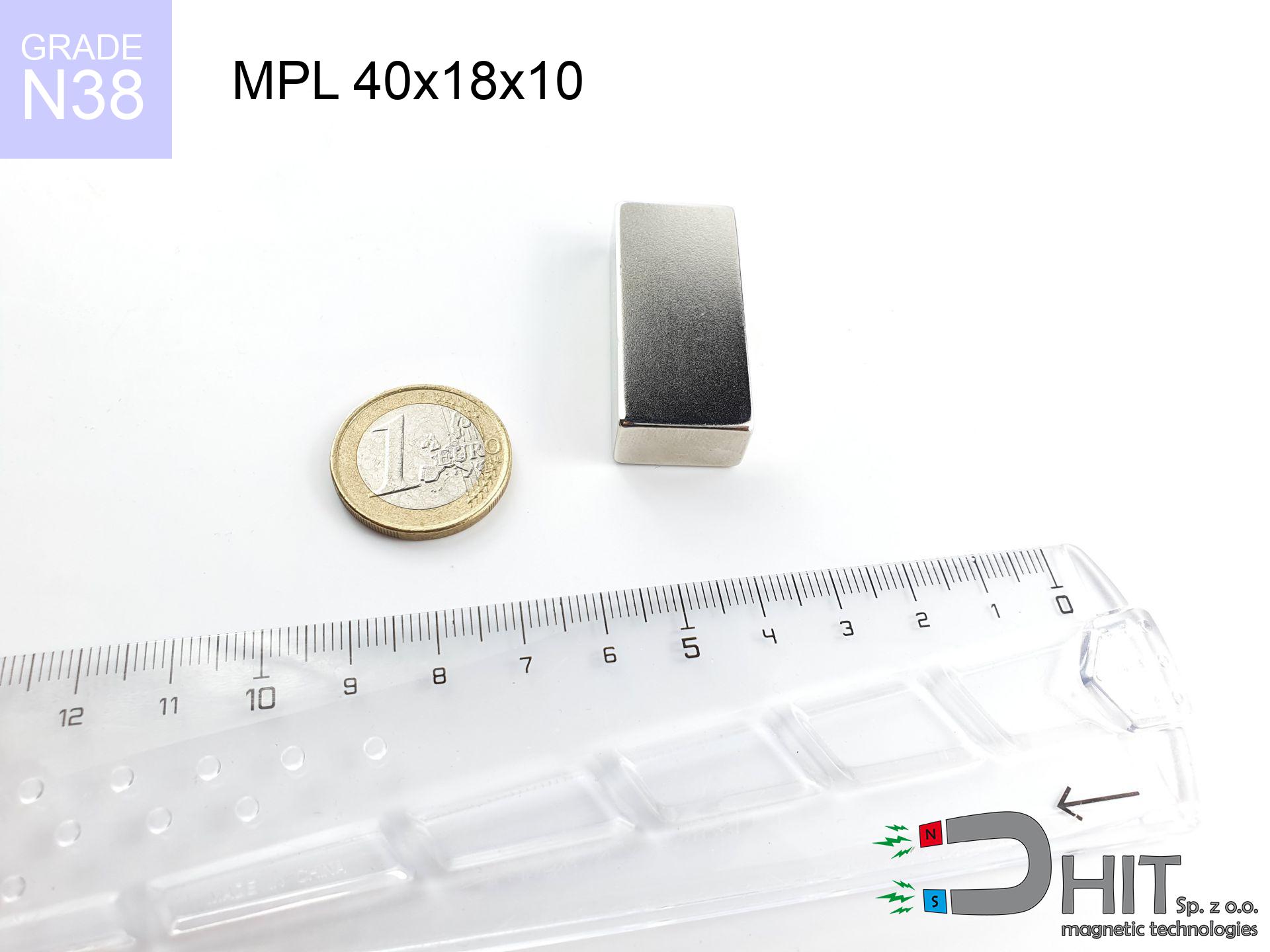
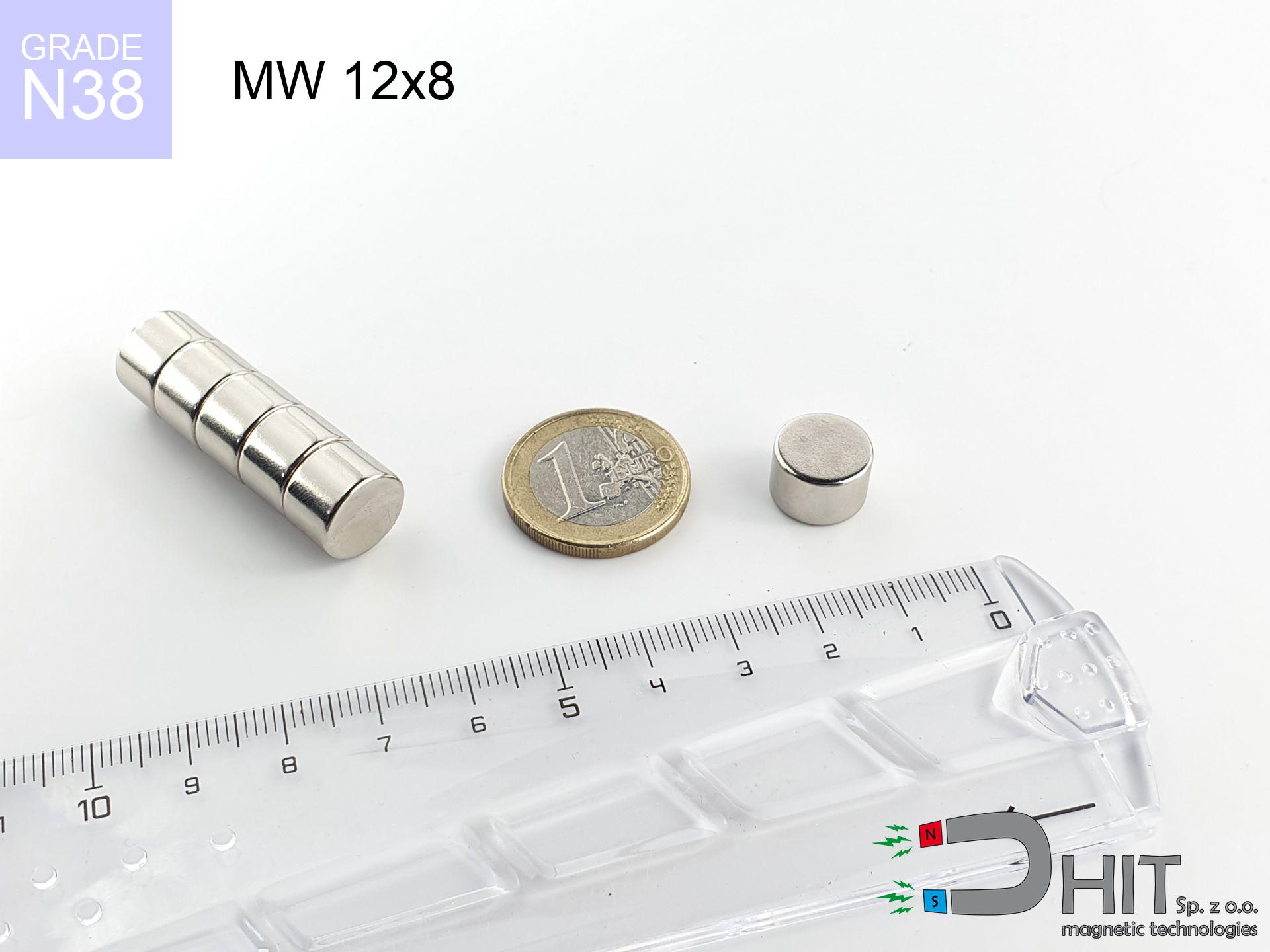
![SM 18x250 [2xM5] / N42 - magnetic separator SM 18x250 [2xM5] / N42 - magnetic separator](https://cdn3.dhit.pl/graphics/products/sm-18x250-2xm5-raz.jpg)

